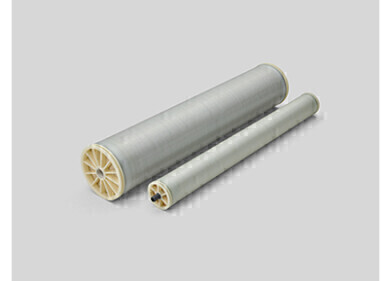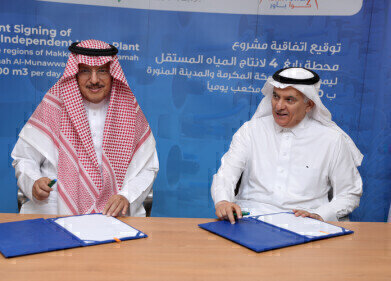Desalination
Seawater desalination at IFAT 2010: Oceans as a source of drinking water
Jan 08 2010
During the past few years, the intense use of drinking water and climate change have resulted in a shortage of conventional natural resources in many regions of the world. Increased pressure due to the world’s growing population is expected to make the situation worse in years to come. It is a problem, the solution to which may lie in the desalination of seawater, especially in areas located near the coast. According to estimates from the German Desalination Society (DME, Duisburg), 14,500 desalination plants are currently in operation around the world. They produce some 42 million cubic meters of drinking water every day, which they supply to 500 million people.
Next year, the environmental-technology trade fair IFAT 2010, which is being held in Munich from September 13 – 17, will give visitors an overview of the industry’s products and solutions. In addition to several manufacturers, the DME, which represents the industry’s general interests, will have its own stand and host a series of information events.
"Until a few years ago, seawater and brackish water desalination plants were almost all located in countries on the Persian Gulf. Since then, they have moved across northern Africa and into Europe", explains DME Managing Director Claus Mertes, describing how the technology has spread to date. The foreign trade and inward investment agency Germany Trade & Invest (Berlin) recently reported that the Mediterranean island of Cyprus is planning to cover all of its drinking-water needs with seawater in the future. To achieve that goal, the Republic of Cyprus alone is planning to spend some 1.4 billion euros over the next 20 years. According to the DME’s observations, the agricultural industry in countries like Spain and Holland can no longer do without "water made from seawater". “We expect exponentially increases in new capacities to be added over the next few years, with 350 to 400 new plants each year," explains Mertes.
Declining production costs are having a positive effect on the proliferation of seawater desalination plants. "Given a seawater salinity of 35,000 ppm, which corresponds to approximately 35 g/l, a new water plant on the Mediterranean or the Atlantic can produce one cubic meter of fresh water for approximately 70 euro-cents," explains Mertes. "The lower the salinity of the source water, the lower the price. For example, on the Baltic Sea, where salinity near the city of Kiel is only 7,000 ppm, a cubic meter of drinking water would only cost about 20 to 30 cents." In many cases such as projects in London, Sydney and Singapore, the declining cost of desalination technology and the increasing cost of producing drinking water using conventional techniques have made seawater desalination the most economical solution.
From a technological standpoint, a distinction is made between two main techniques: Thermal techniques, which use distillation processes, and membrane techniques, which are generally based on the process of reverse osmosis. Both technology alternatives require large amounts of energy and, to date, have directly or indirectly consumed large quantities of fossil fuels. For this reason, besides efficiency-improving measures and waste-heat recovery concepts, the use of renewable energy sources has been the focus of development efforts over the past few years.
DME expects that more than 130 billion euros will be invested in global seawater desalination during the next 15 years. It will be used to build new plants and to modernise existing ones as well as for operational, maintenance and training costs. Worldwide approximately 1,000 companies are directly involved in the planning and construction of seawater desalination plants or in the manufacture of key components.
Events
Carrefour des Gestions Locales de L'eau
Jan 22 2025 Rennes, France
Jan 29 2025 Tokyo, Japan
Feb 05 2025 Nantes, France
Feb 16 2025 Kampala, Uganda
Feb 26 2025 Chennai, India










